<< Previous | Displaying results 31-40 of 76 for "star of david" | Next >>
The 82nd Airborne Division participated in major WWII campaigns and is recognized for liberating the Wöbbelin subcamp of Neuengamme in 1945.
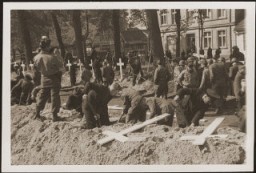
This image shows a print of a portrait drawing by artist Esther Lurie. Lurie documented scenes of life in the Kovno ghetto and contributed to the secret archives there. The subject of the portrait is a young woman in a checked dress with two Star of David patches. This print is a version of the drawing, "Portrait of a Young Girl with Two Yellow Badges," which Lurie did in the Kovno ghetto and for which she was awarded the Dizengoff Prize in 1946 in Palestine. Because the majority of Lurie's works were…
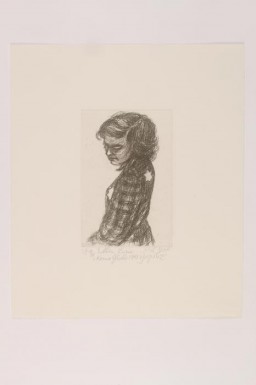
"We Will Never Die" was a 1943 musical stage performance that raised awareness among Americans about the murder of European Jews. Learn more.
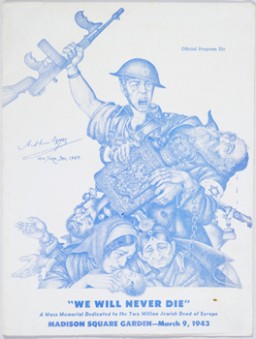
Nazi propaganda poster titled “The Stalin Constitution?” printed October 10, 1943. The Nazis often used propaganda in occupied territories to secure the compliance and even support of local populations. In Ukraine and other occupied regions of the Soviet Union, the Nazis created propaganda that exploited preexisting discontent with the Soviet regime. They also tried to exploit preexisting anti-Jewish sentiment and sharpen divisions between Jews and non-Jews. One way of achieving this was by creating…
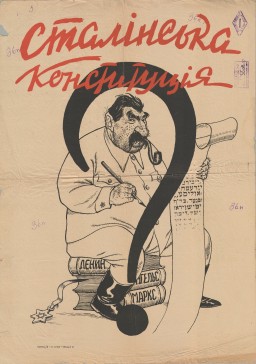
As a boy, Pavol lived with his parents in the city of Martin in Slovakia. His father taught at the local agricultural college. The Kovacs, who were non-practicing Jews, were among the few Jewish residents in the town. 1933-39: When Pavol was born, almost nine months before the outbreak of World War II, his parents decided to have "Roman Catholic" listed under the entry for religion in his birth certificate. They took this step to protect him, despite the fact that for generations Jews in their region had…
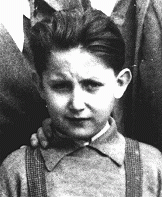
Explore a timeline of key events during the history of the Krakow ghetto in German-occupied Poland.
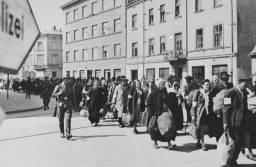
Explore a timeline of key events during 1939 in the history of Nazi Germany, World War II, and the Holocaust.
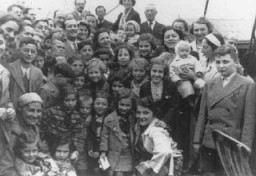
Nazi propaganda cartoon by Seppla (Josef Plank), a political cartoonist. Germany, date uncertain [probably during World War II]. Beginning in the 1920s, Nazi propagandists promoted the antisemitic myth that Jews were engaged in a massive conspiracy to take over the world. This false notion alleged that “international Jewry” used various people and groups as part of a plan for global conquest. At the time, an octopus extending its tentacles over the globe was a common visual metaphor for this…
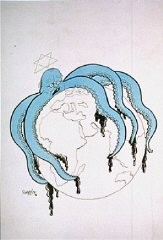
September 1, 1939. On this date, Germany invaded Poland and initiated World War II in Europe.

Raised in a Jewish family, Josef lived with his wife, Feiga, in Kovno, a cosmopolitan city that was picturesquely situated at the juncture of two rivers and was known as the "Little Paris." Josef was a barber, his wife was a beautician, and together they ran a shop in downtown Kovno. 1933-39: Every day Josef and Feiga walk to their shop which is not far from their house. It's hard work being a barber--Josef is on his feet most of the day, seven days a week including a couple of hours on Sunday. He has…
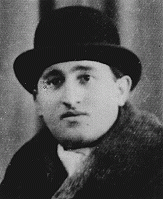
We would like to thank Crown Family Philanthropies, Abe and Ida Cooper Foundation, the Claims Conference, EVZ, and BMF for supporting the ongoing work to create content and resources for the Holocaust Encyclopedia. View the list of donor acknowledgement.